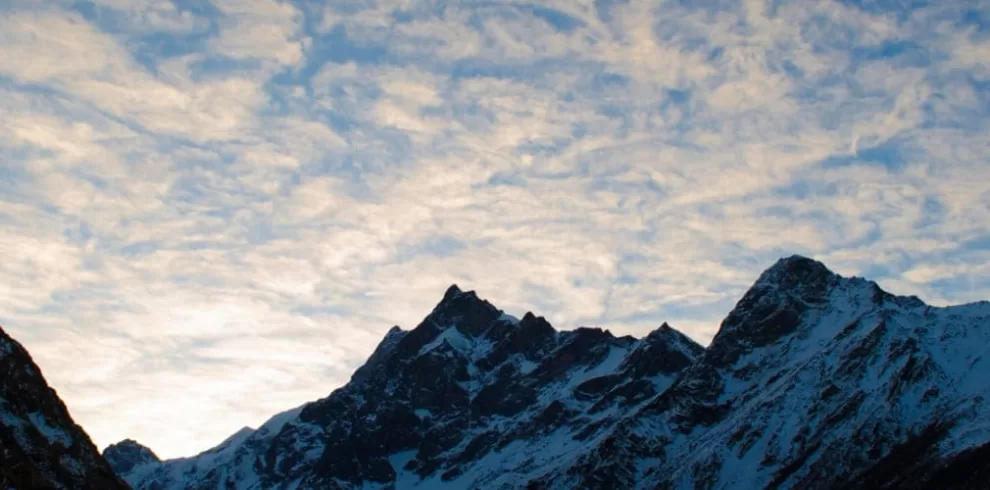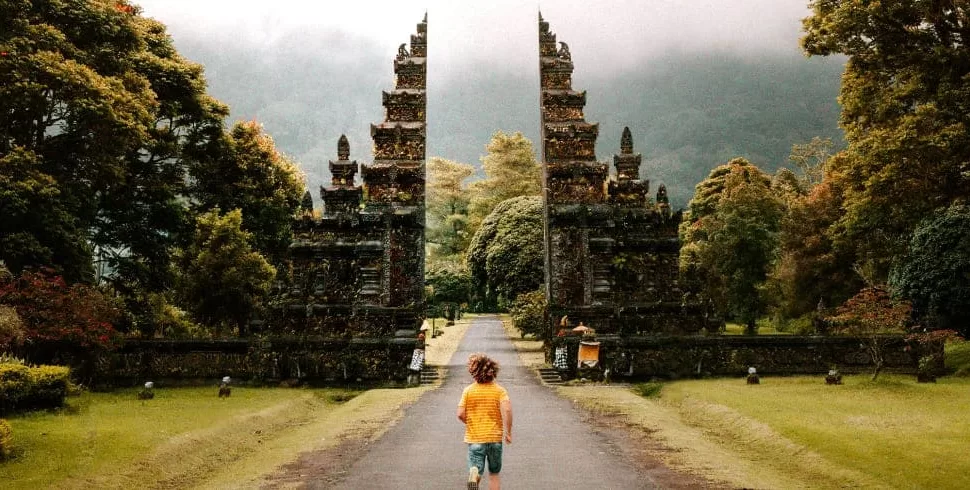Solo travel in the Himalayas can be an exhilarating experience, offering breathtaking landscapes, spiritual enrichment, and a deep connection with nature. However, to ensure a smooth and safe journey, you must be well-prepared. Here’s a 15-point checklist to help you navigate your solo adventure in the Himalayas:
1. Research Your Destination
Different Himalayan regions offer varied terrains, climates, and difficulty levels. Research the best time to visit, cultural norms, and safety precautions.
2. Choose the Right Season
Spring (March–May) and autumn (September–November) are the best seasons for solo trekking. Avoid monsoon and extreme winter due to harsh weather conditions.
3. Pack Light But Smart
Carry only essential gear, including quick-dry clothes, a windproof and waterproof jacket, gloves, and comfortable trekking shoes. A good backpack with proper weight distribution is crucial.
4. Essential Documents
Carry a government-issued ID, necessary permits, medical insurance, and emergency contact details. Some regions require special permits, so check in advance.
5. First-Aid and Medication
Pack a first-aid kit with bandages, antiseptics, pain relievers, and any personal medications. Altitude sickness pills and anti-diarrhea medicines can be lifesavers.
6. Acclimatization Plan
Gradual acclimatization is essential to avoid altitude sickness. Take rest days and avoid rapid altitude gain.
7. Water and Hydration
Carry a refillable water bottle and water purification tablets or a filtration system. Avoid drinking untreated water.
8. Food and Nutrition
Stick to light yet energy-rich foods such as nuts, dry fruits, and protein bars. Local food is an option, but ensure hygiene standards.
9. Navigation Tools
Use offline maps, GPS devices, or a traditional compass and map. Himalayan trails can be confusing, so always have a backup.
10. Communication and Emergency Contacts
Inform someone about your itinerary. Carry a satellite phone or local SIM card with emergency numbers saved.
11. Budget Planning
Carry cash in small denominations as ATMs are rare in remote areas. Plan expenses for accommodation, food, permits, and emergencies.
12. Respect Local Culture
The Himalayas are home to various ethnic communities. Dress modestly, learn basic greetings, and follow local traditions.
13. Eco-Friendly Practices
Avoid plastic, dispose of waste responsibly, and respect nature. Use biodegradable products whenever possible.
14. Mental Preparation
Solo travel can be physically and mentally challenging. Prepare for solitude, long treks, and unexpected situations.
15. Travel Insurance
Invest in travel insurance that covers high-altitude trekking, medical emergencies, and evacuation if needed.
Related Trips



By following this checklist, you’ll enhance your safety and enjoyment while exploring the majestic Himalayas. Solo travel here can be a transformative experience—just plan wisely, stay cautious, and embrace the adventure!




